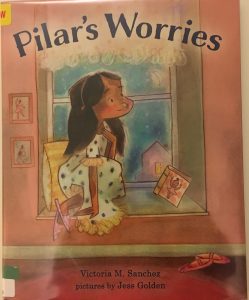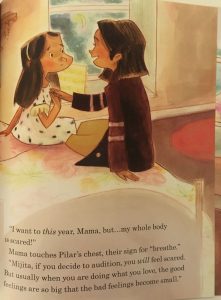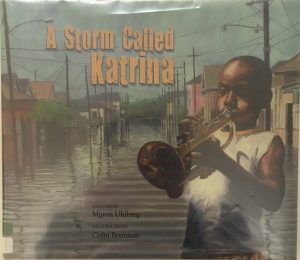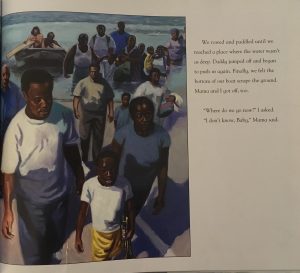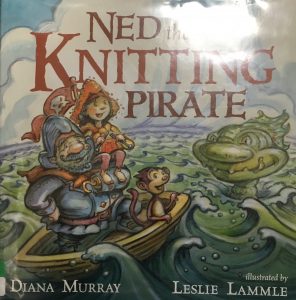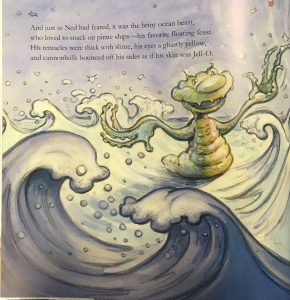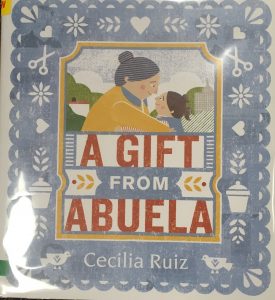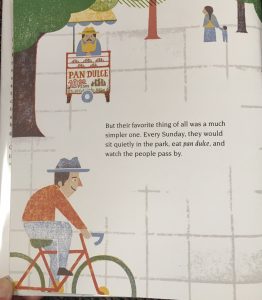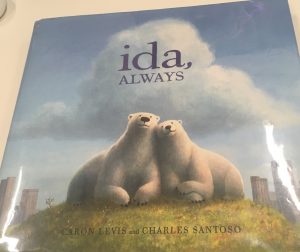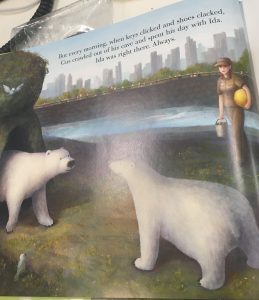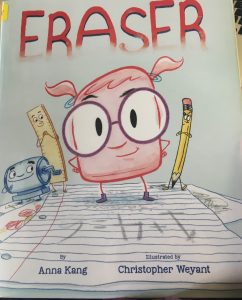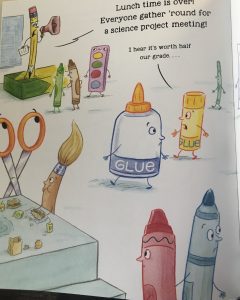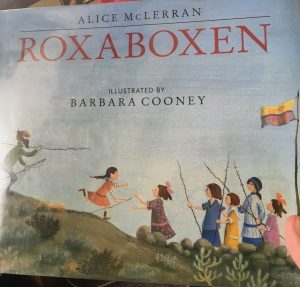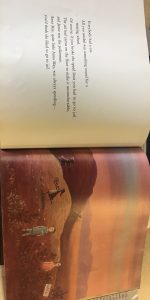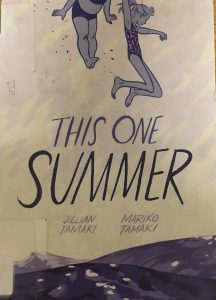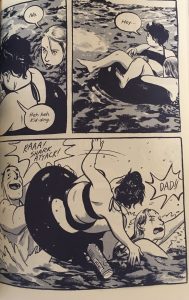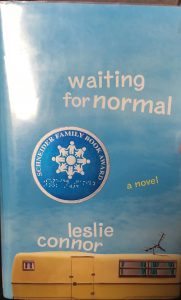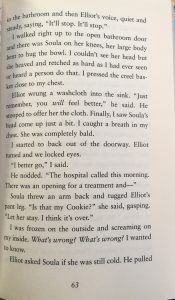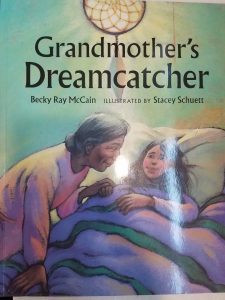Title: Pilar’s Worries
Author(s): Victoria M. Sanchez
Illustrator/Photographer: Jess Golden
Publisher and Year: Albert Whitman & Company; 2018
Number of Pages: 30
Tags: Emotion, Family, Fiction, Fine Art, Friendship, Picture Book, K-5, Sarah Luce
Genre: Realistic Fiction
Descriptive Annotation:
Pilar’s Worries is a story about a young girl who struggles with childhood anxiety but loves to dance. One day, she has a rough day at school because she messes up a few small things and begins to worry. However, when she gets to dance class, her anxiety goes away for the hour and she relaxes. There are dance auditions the next day, and Pilar wants to audition but is scared. With encouragement from her mother, Pilar decides to audition and makes it into the winter show. Students would need a basic knowledge of some dance terminology (like “plié” and “sashay”).
Classroom Application:
This book would be a good text to use when addressing mental illness, either specifically or generally. If talking to younger students, it can be simplified to be a lesson on how to deal with feeling nervous and “having butterflies.” For older students, if talking about anxiety specifically, this story shows it in a way students can understand, and there is a page in the back with an Author’s Note and Resources about anxiety.
Linguistic and Cultural Diversity Analysis:
Pilar’s Worries represents a culture of people who have mental illnesses like childhood or social anxiety. It describes the symptoms of anxiety in a way that children can understand and relate back to themselves. It uses language like, “Her heart beats so fast it scares her” (page 8) to explain what children might be feeling in a way they can comprehend. The story also gives good advice on doing scary things anyway, when Pilar’s mother says, “But usually when you are doing what you love, the good feelings are so big that the bad feelings become small” (page 15). Depending on the age of the students I am teaching to, I might introduce the book as a story about a girl doing something, even though it makes her nervous.
Illustration:
